School Counselor Letter of Recommendation Template
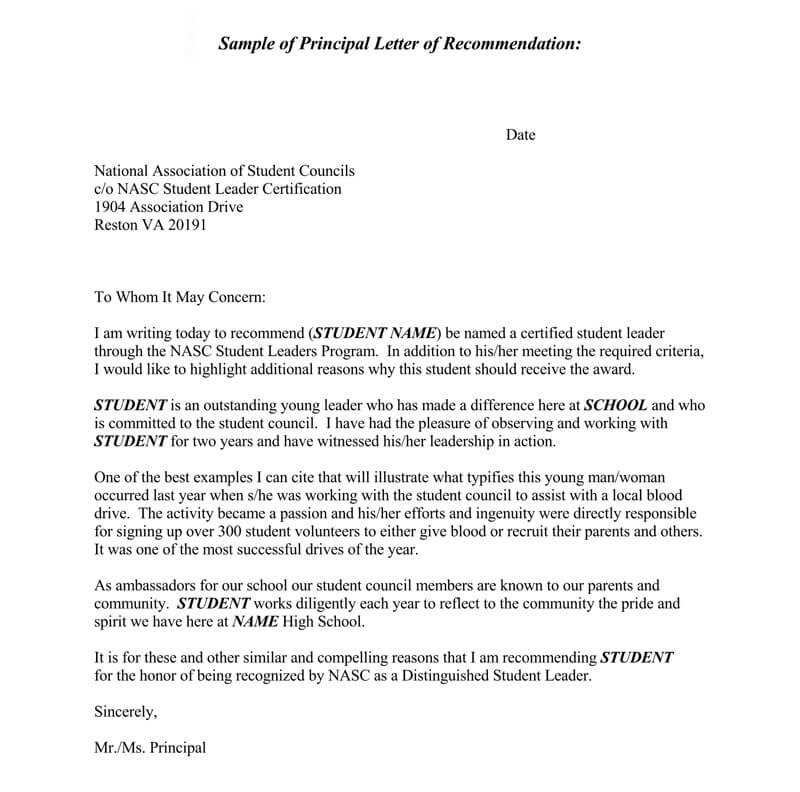
Creating a compelling endorsement for a student is a crucial part of their academic journey. A well-crafted testimonial can open doors to opportunities, whether for college admissions, scholarships, or internships. The right words can make a significant difference in how a student is perceived by decision-makers.
Writing an effective recommendation involves more than just outlining a student’s qualities. It requires careful consideration of their strengths, achievements, and potential. A thoughtful and organized approach ensures that the letter conveys a true reflection of the student’s abilities and character.
Personalizing your endorsement to highlight specific experiences and qualities is key to standing out. Avoid generic phrases and instead, focus on providing concrete examples that illustrate the student’s impact and potential. This creates a memorable and convincing narrative that can greatly enhance their chances of success.
When preparing an endorsement, be sure to consider the context and purpose of the recommendation. Tailor your message to fit the requirements of the institution or organization while staying true to the student’s unique story and accomplishments.
Understanding the Importance of Recommendation Letters
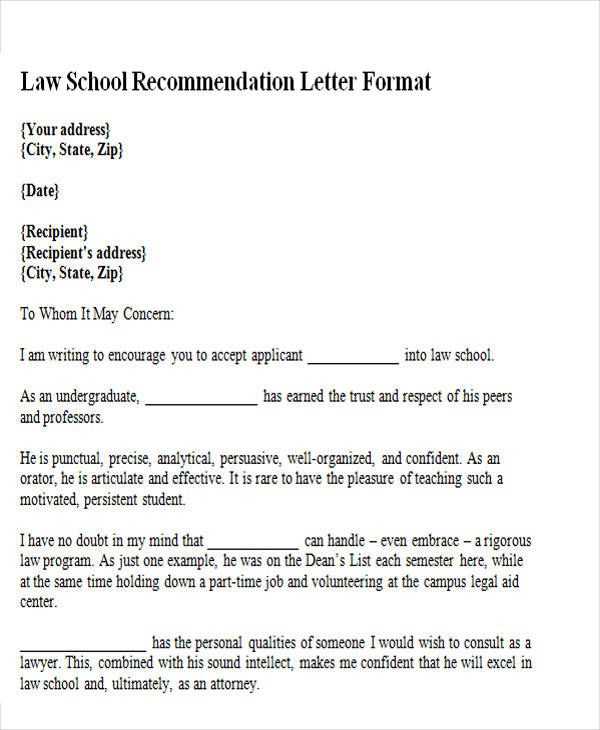
Endorsements play a crucial role in shaping the future of individuals by providing decision-makers with valuable insights into a person’s character, achievements, and potential. These testimonials are often a deciding factor in various academic and professional opportunities, helping applicants stand out in competitive environments.
These supportive statements provide a deeper understanding of an individual beyond their grades, scores, or resumes. By highlighting personal strengths and notable experiences, they give a more complete picture of the applicant, offering context that numbers alone cannot convey.
| Why They Matter | What They Convey |
|---|---|
| Provide an authentic perspective | Showcase personal growth and abilities |
| Offer a third-party viewpoint | Highlight unique strengths and contributions |
| Help differentiate candidates | Demonstrate readiness for future challenges |
Ultimately, a strong endorsement can be the factor that tips the scale in favor of an applicant, especially in cases where qualifications are otherwise similar. Whether for further education or career progression, well-crafted endorsements are a powerful tool that can help open doors to new opportunities.
Key Elements of a Counselor Recommendation
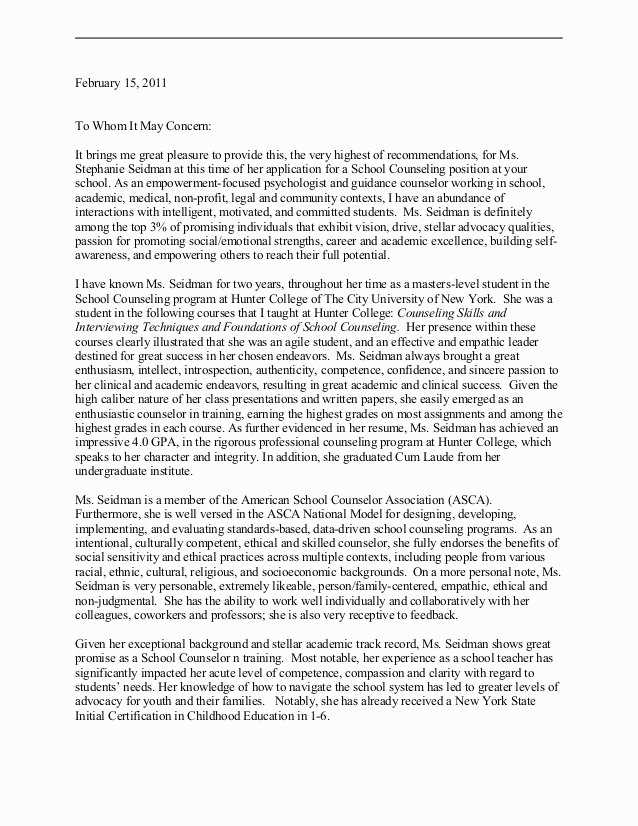
When crafting a supportive endorsement for a student, certain components are essential for capturing the individual’s academic and personal growth. These elements serve to provide a comprehensive picture, demonstrating not only the student’s achievements but also their character and potential for success in future endeavors.
The first aspect to emphasize is a clear introduction that establishes the relationship between the writer and the student. This section should explain the context in which the student was observed, providing insight into their strengths and areas of improvement. Highlighting the duration of the interaction adds credibility to the message, showcasing a deep understanding of the student’s abilities.
Next, showcasing the student’s academic qualities is crucial. This can include details on their work ethic, intellectual curiosity, and ability to engage with challenging material. Specific examples of accomplishments or contributions can help to illustrate these traits more vividly.
In addition to academic attributes, it’s vital to explore the student’s social and emotional development. This part of the endorsement should focus on interpersonal skills, resilience, and leadership. Describing how the student interacts with peers, handles adversity, and navigates group settings offers valuable context for their overall personality.
Finally, the closing should emphasize the student’s potential for future success. The writer should express confidence in the student’s ability to thrive in new environments, building on the foundation laid in their current context. A strong conclusion reinforces the student’s suitability for the next step in their journey, leaving the reader with a lasting positive impression.
How to Structure a Strong Letter
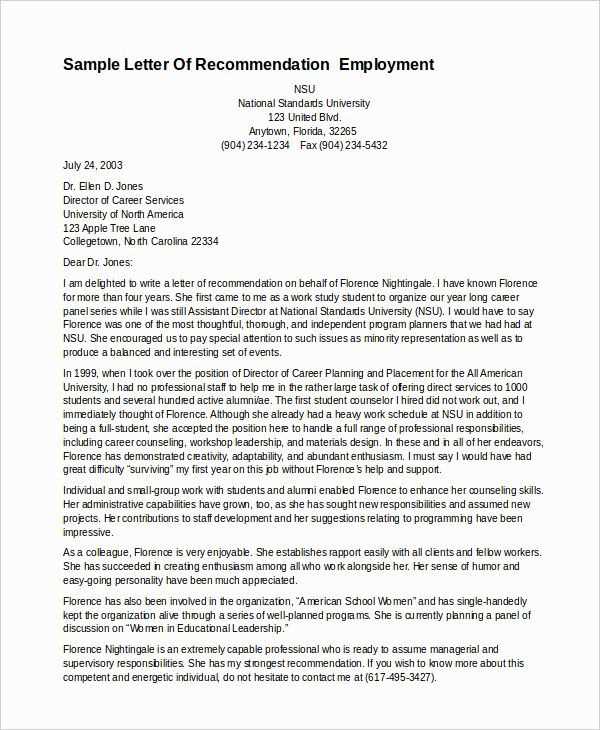
Creating a well-organized and compelling endorsement requires careful attention to structure. A clear format allows the writer to effectively highlight the subject’s qualities and achievements while maintaining a smooth flow of information. A well-structured piece ensures that key points stand out and resonate with the reader.
The introduction should begin by providing essential context, such as the relationship between the writer and the individual being endorsed. This section should include how long the writer has known the person and in what capacity, helping to establish credibility. The introduction sets the tone for the rest of the document, offering an initial impression of the individual’s character and potential.
Following the opening, the body of the endorsement should delve deeper into specific strengths. Breaking the content into distinct sections allows the writer to address academic achievements, personal qualities, and leadership abilities separately. Each section should provide detailed examples that support the claims made, demonstrating how the individual excels in various areas.
The closing remarks should summarize the key points discussed, reiterating the individual’s potential for success. It is important to express confidence in their ability to handle future challenges and to thrive in new environments. A strong conclusion reinforces the message of support and leaves the reader with a positive and lasting impression.
Tips for Personalizing the Template
To make an endorsement stand out, it is important to adapt the content to the unique qualities and achievements of the individual. Customizing the structure helps create a more meaningful and authentic message, reflecting the true potential of the person being supported. Personalization ensures that the recommendation is not just a generic statement but a genuine reflection of the individual’s strengths.
1. Focus on Specific Achievements
Rather than offering broad statements, highlight specific examples that demonstrate the person’s capabilities. These examples provide context and show a deeper understanding of the individual’s character. Include memorable moments or key successes that set the person apart.
- Describe specific projects or assignments that showcase their skills.
- Include notable contributions to team or community efforts.
- Share personal anecdotes that reflect their growth and perseverance.
2. Tailor the Tone to the Reader

The tone of the endorsement should match the intended audience and purpose. A more formal or professional tone may be necessary for academic or career-focused contexts, while a conversational tone might be better for personal or informal recommendations. Adjusting the language helps to ensure the message resonates with the reader.
- Use appropriate language based on the reader’s background and expectations.
- Maintain consistency in tone throughout the document.
- Ensure the message aligns with the individual’s goals and aspirations.
Common Mistakes to Avoid in Letters
While crafting a powerful endorsement, it’s important to steer clear of common errors that can weaken the overall impact. These mistakes can detract from the strength of the message and leave the reader with an inaccurate or unprofessional impression. By being mindful of these pitfalls, the writer can ensure that their message is clear, effective, and persuasive.
- Using Generic Language: Avoid vague or overly broad statements that don’t provide specific examples of the individual’s strengths.
- Over-exaggerating Qualities: While it’s important to highlight strengths, overstating them can come across as insincere or unrealistic.
- Lack of Structure: A poorly organized endorsement can make it difficult for the reader to follow key points. A clear structure ensures clarity and coherence.
- Failing to Personalize: Using a one-size-fits-all approach may not accurately reflect the individual’s unique qualities. Tailor the content to the person’s specific achievements and characteristics.
- Neglecting the Conclusion: A weak or vague conclusion can leave the reader uncertain about the person’s potential. A strong finish reinforces the endorsement and summarizes key points.
- Grammatical or Spelling Errors: Mistakes in spelling, grammar, or punctuation undermine the credibility of the endorsement. Always proofread before submission.
Finalizing and Proofreading Your Letter
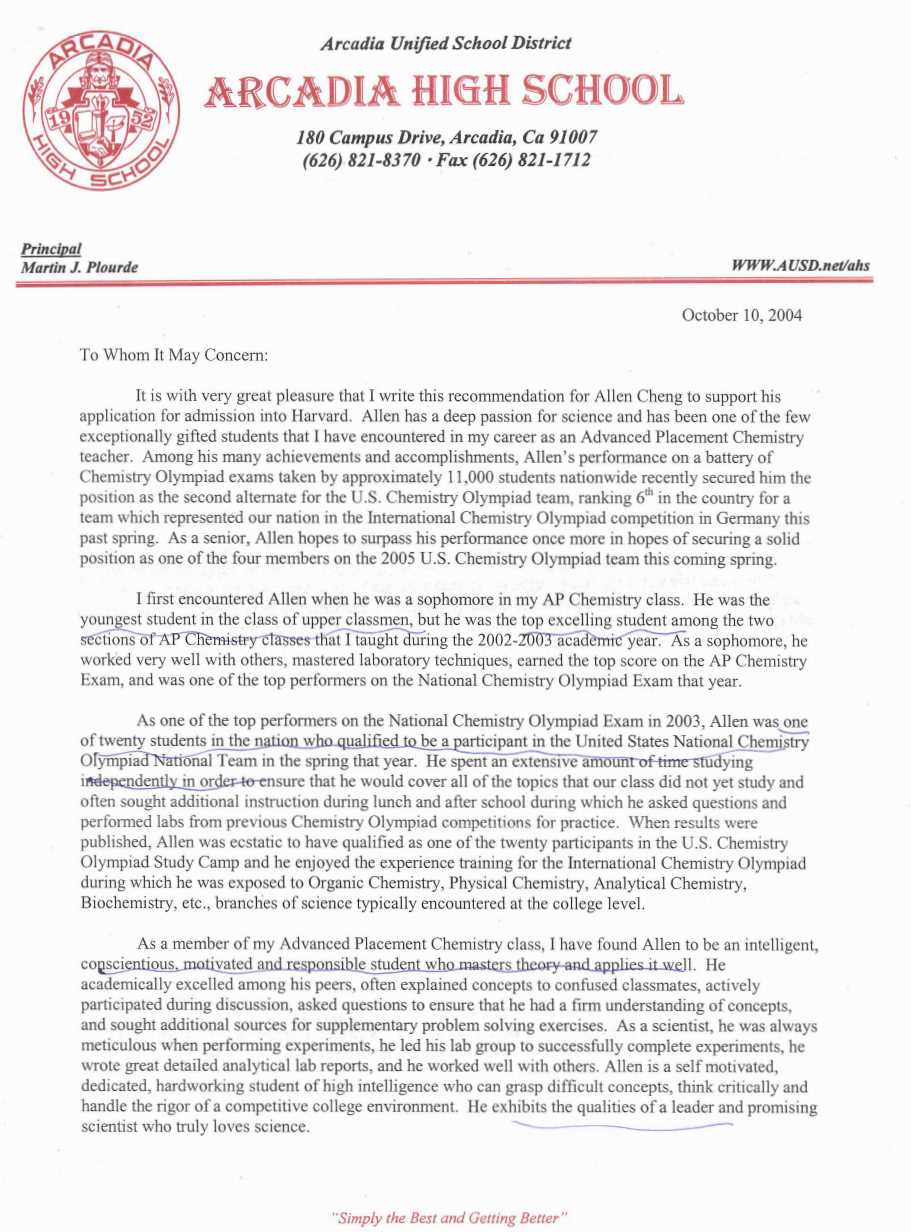
Before submitting an endorsement, it’s crucial to take the time to review and refine the document. Finalizing the content ensures that the message is clear, concise, and polished. Proofreading allows you to catch any errors that could detract from the professionalism of the text, making it more impactful and effective.
Start by reading through the entire endorsement to ensure it flows smoothly and presents a coherent narrative. Check for any areas where the content might feel redundant or where a more specific example could strengthen the point. Evaluate whether the tone remains consistent and appropriate for the audience.
Next, focus on the technical aspects. Correct any spelling, punctuation, or grammatical errors that could undermine the quality of the work. Pay attention to sentence structure, ensuring clarity and precision. It’s helpful to read the document aloud, as this can reveal awkward phrasing or areas where the writing may be unclear.
Finally, consider asking someone else to review the endorsement. A fresh set of eyes can catch mistakes you may have overlooked and offer feedback on the overall effectiveness of the message. Once you’ve made all necessary revisions, the document will be ready for submission, leaving a lasting and positive impression.